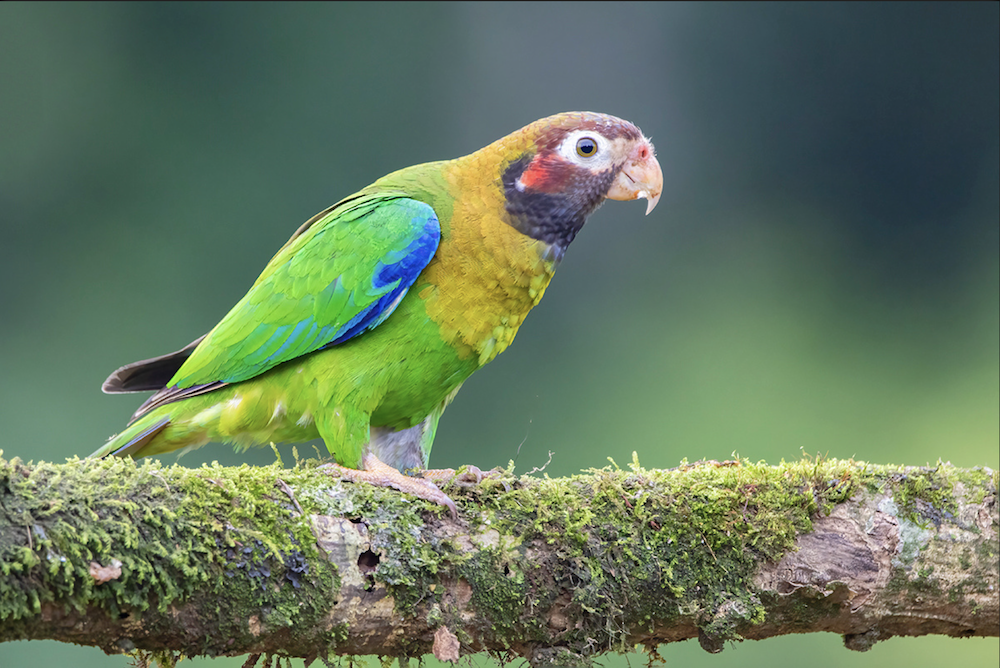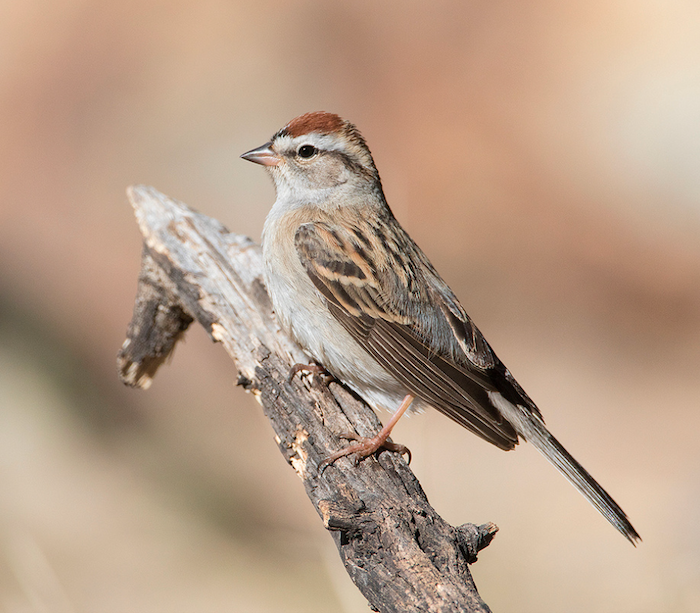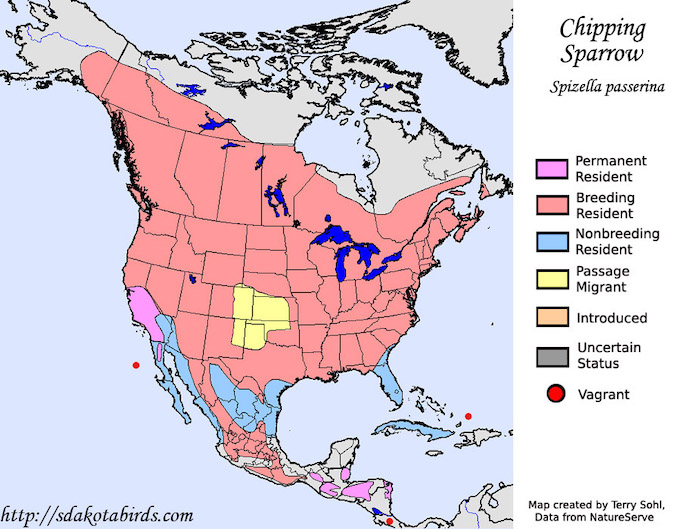
Join us as we begin our fall season with an excellent presentation from one of Redding’s premiere photographers. David Bogener is a retired biologist with a passion for travel, nature study and photography, specializing in wildlife photography with an emphasis on behavioral images. David and his wife Becky were fortunate to spend two weeks on a dedicated bird photography trip in Costa Rica during early April 2022. They visited ecolodges throughout the country in a variety of habitats. David told us that it was an incredible experience as he captured thousands of images. He will share some of his favorites from the trip with us for this first in-person/zoom meeting.
We will meet at 6:45 pm at the Shasta Living Streets warehouse at 1313 California Street for this first in person meeting of the season. The presentation will also be live on Zoom for those that can’t make it in person.
Wintu Audubon Society is inviting you to a scheduled Zoom meeting.
Topic: Costa Rica Birding Adventure with David Bogener
Time: Sep 14, 2022 07:00 PM Pacific Time (US and Canada)
Join Zoom Meeting
https://us06web.zoom.us/j/88469902069
Meeting ID: 884 6990 2069
One tap mobile
+16699006833,,88469902069# US (San Jose)
+16694449171,,88469902069# US
Dial by your location
+1 669 900 6833 US (San Jose)
+1 669 444 9171 US
+1 719 359 4580 US
+1 253 215 8782 US (Tacoma)
+1 346 248 7799 US (Houston)
+1 564 217 2000 US
+1 646 931 3860 US
+1 929 205 6099 US (New York)
+1 301 715 8592 US (Washington DC)
+1 309 205 3325 US
+1 312 626 6799 US (Chicago)
+1 386 347 5053 US
Meeting ID: 884 6990 2069
Find your local number: https://us06web.zoom.us/u/k1tJXCnmb


